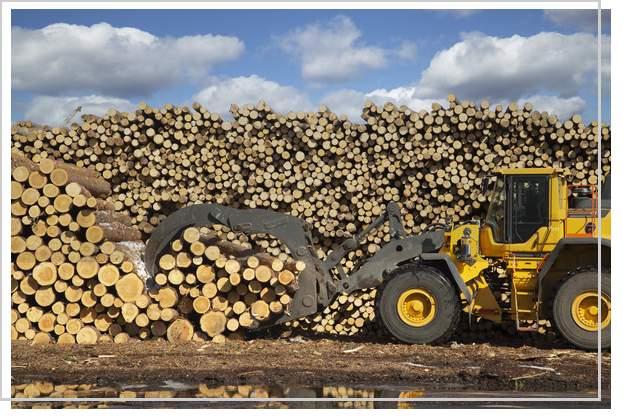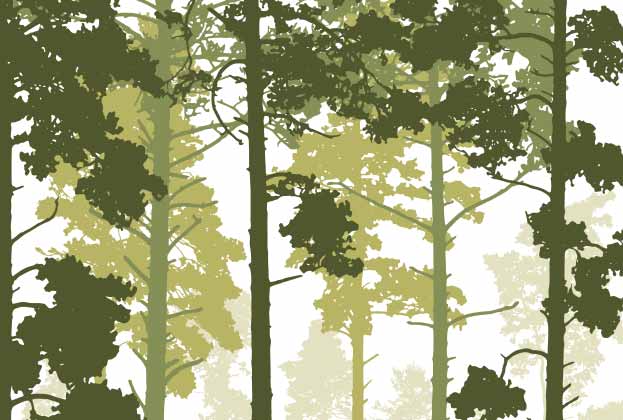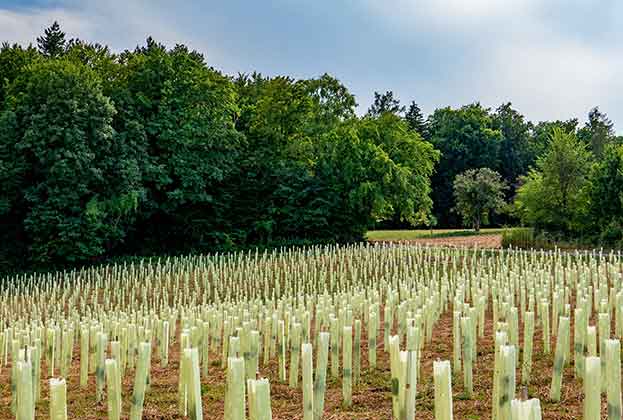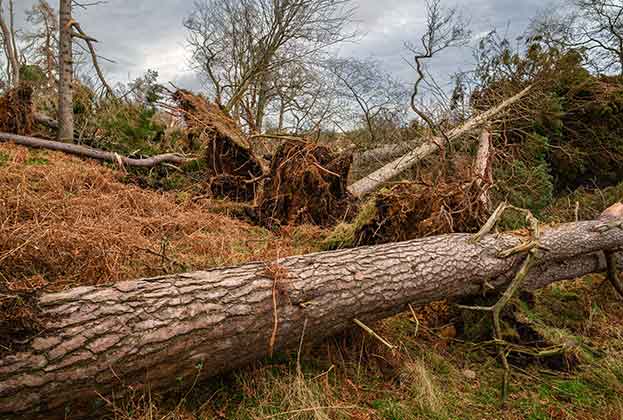Awareness of biosecurity has come to the fore as a result of Covid-19, but foresters have long been mindful of the environmental and financial impacts a lack of biosecurity can have on woodlands.
Whether walking through woods for exercise or working in a woodland setting, we all have a responsibility to reduce the risk of introducing or spreading tree pests and diseases. The implications of poor biosecurity practices can be extremely significant for the environment and can have a considerable impact on income from timber sales for forest and woodland owners.
Biosecurity measures are not onerous and are simple to carry out. These include cleaning items such as wellington boots and other footwear, clothing and bicycles after being out and about, avoiding movement between infected and non-infected sites, sticking to paths and tracks, and not transporting soils, materials and vegetation between sites.
More stringent measures for those involved in specific woodland operations include wearing the correct PPE.
It is often overlooked but, as well as affecting the trees themselves, pests and pathogens such as oak processionary moth can have wide-reaching implications, including for our own health.
Below are some of the issues:
Pathogens
- Phytophora ramorum: an aggressive pathogen that causes tree mortality. Notoriously in the UK it affects larch and sweet chestnut; it will also affect a range of tree species that includes European beech, Douglas fir and horse chestnut.
- Phytophthora kernoviae: similar to the above, this pathogen affects bilberry, rhododendron and English oak among others.
- Phytophthora alni: understood to be a very significant disease within Europe in the late 20th and early 21st centuries, this pathogen affects alder trees and is found throughout the UK. Since its discovery in 1993 it is estimated to affect 20 per cent of the alder population.
- Phytophthora lateralis: mainly affecting Lawson cypress, it typically causes mortality once it has infected the tree.
- Phytophthora austrocedri: affects juniper and cypress trees, with a significant result in decline and mortality for the native, common juniper.
Pests
- Emerald ash borer (EAB): a potential major pest, EAB (agrilus planipennis) is native to parts of Asia and the far east of Russia. Found in the US, Canada, Russia and recently established in Ukraine, it affects the ash species and is having an extremely detrimental effect on the ash timber industry and the environment with many landscapes now changed for decades.
- Asian longhorn beetle (ALB): typically affecting broadleaved trees, the larvae of this significant pest (anoplophora glabripennis) feed on the wood of live trees. It is native to Asia and is well established in areas of North America, with outbreaks now recorded in Europe. A rapid removal took place after a breeding population was found in Kent in 2012 and there have been no signs of them since. Large numbers of ALB larvae may kill a tree.
- Oak Processionary Moth (OPM): accidentally introduced from The Netherlands in 2005, it is usually found on oak trees, but can also feed on other trees such as hornbeam if population levels are high. The larvae, or caterpillars, of the OPM feed on the leaves, and large populations can defoliate trees leaving them weakened and vulnerable to attack from other pests and less resistant to environmental factors.
Some tree pests and diseases are notifiable, which in England means that they must be reported to the Forestry Commission or the Animal and Plant Health Agency (APHA) via their notification process. If a tree pathogen (pest or disease) is found on land and is classified as notifiable, the landowner and land manager may be issued with an Statutory Plant Health Notice (SPHN), issued by FE. The owner or manager will need to take certain actions to remove or contain the pests and diseases.
From a land management perspective, biosecurity involves creating and managing resilient woodlands, promoting a diverse variety of species and creating a wide-ranging age structure. When planting, it is essential to ensure any plants or trees are responsibly sourced, obtaining the relevant certification where appropriate.
Further information can be found by contacting our Forestry team, downloading the Forestry Commission's Biosecurity Policy or by reading the UK Government’s guidance on preventing the introduction and spread of tree pests and diseases.
Further information
Contact Luke Myatt or Simon Rochester
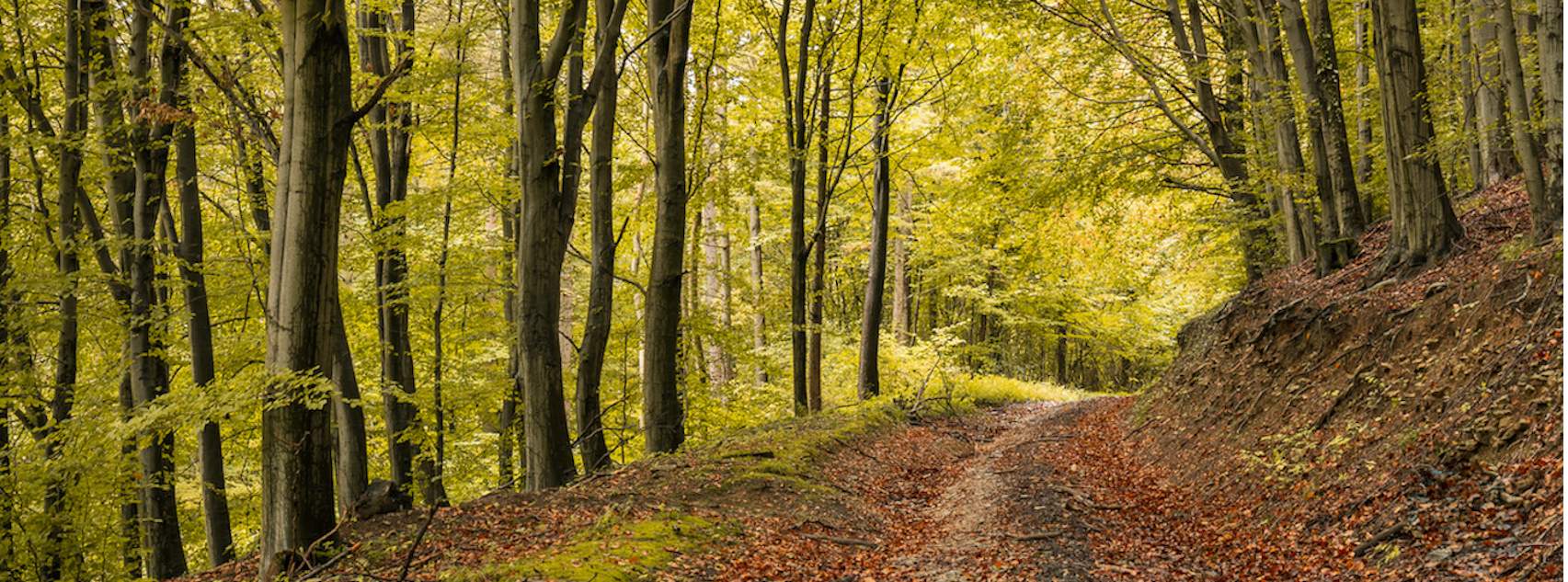
.jpg)

